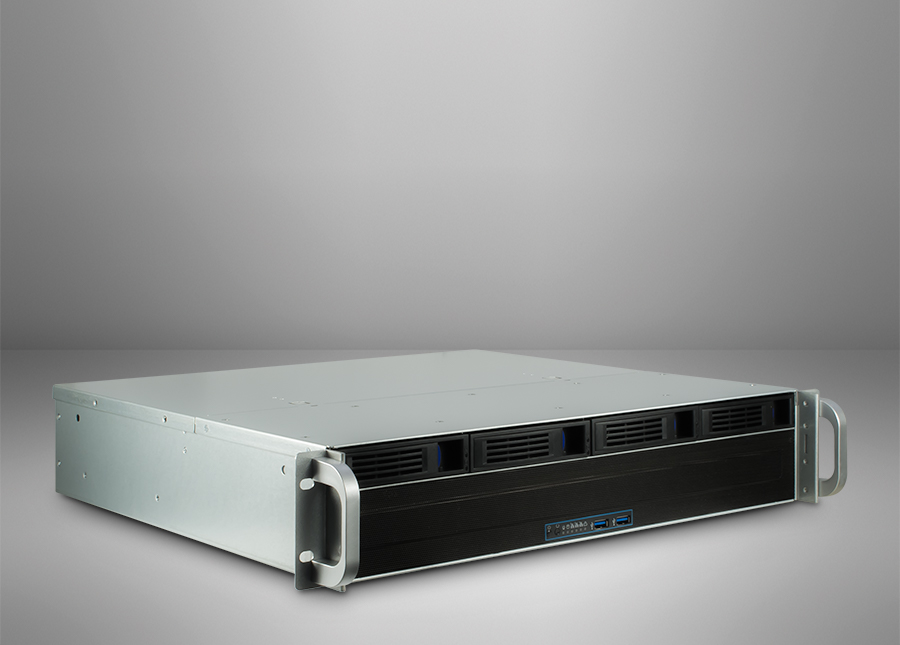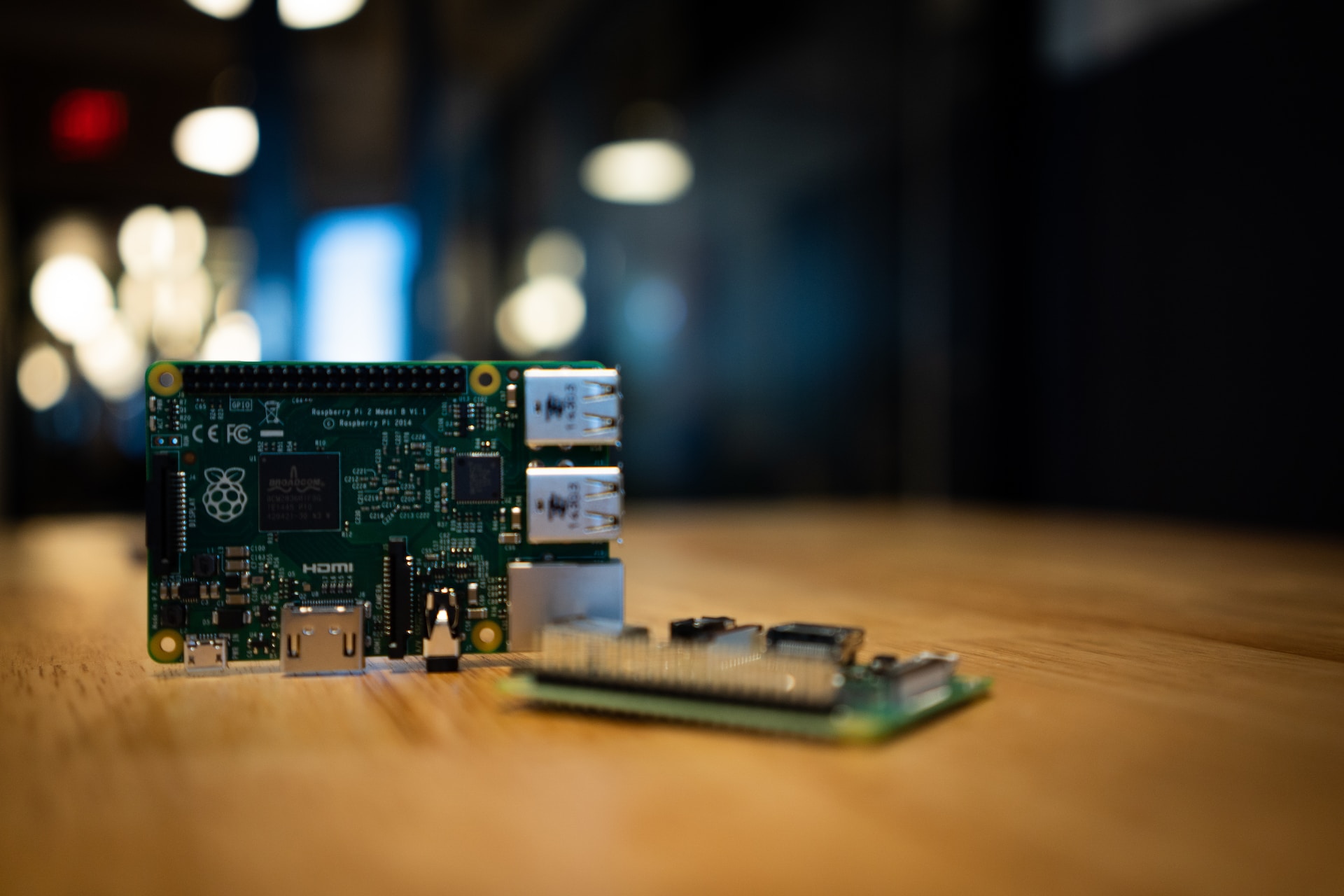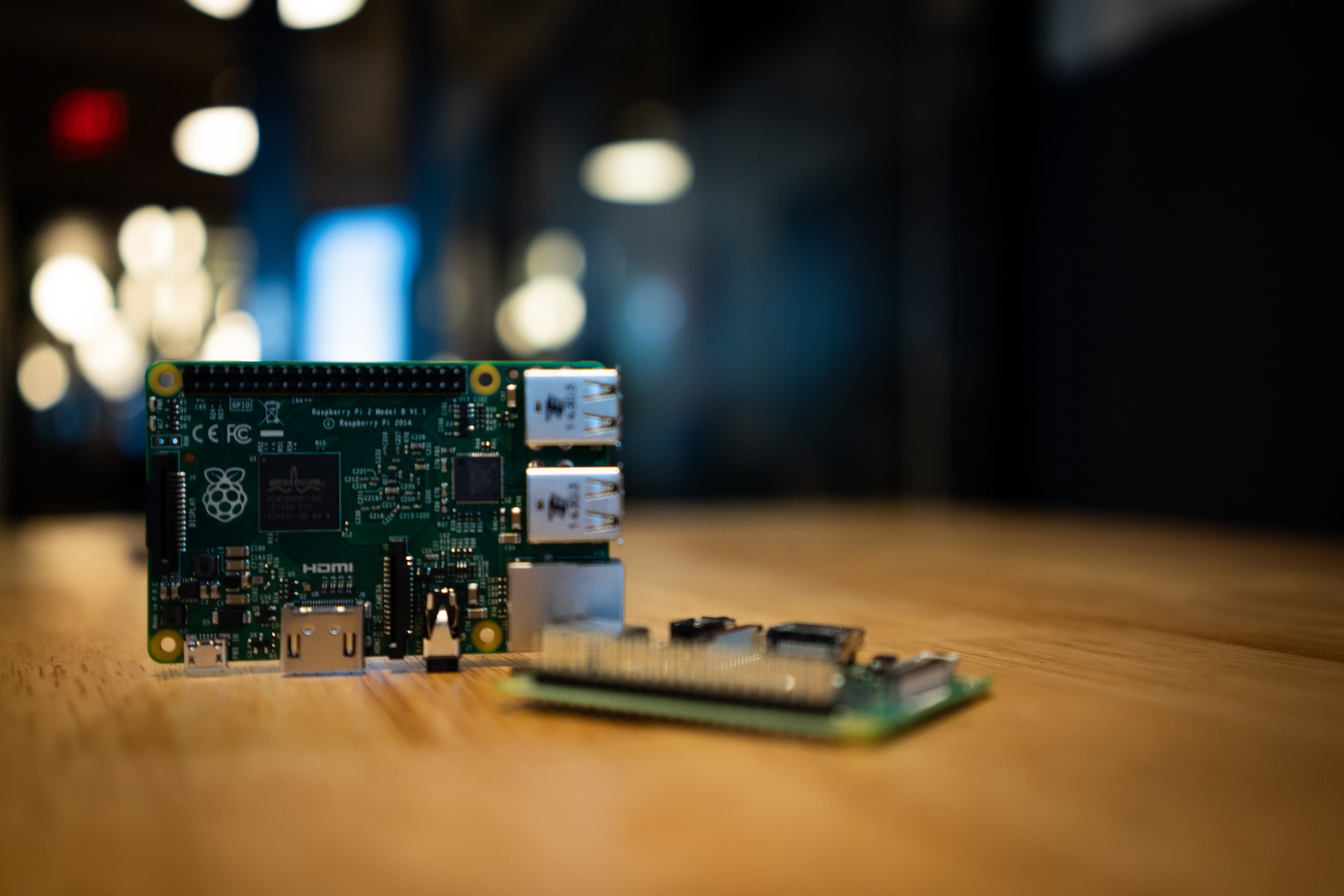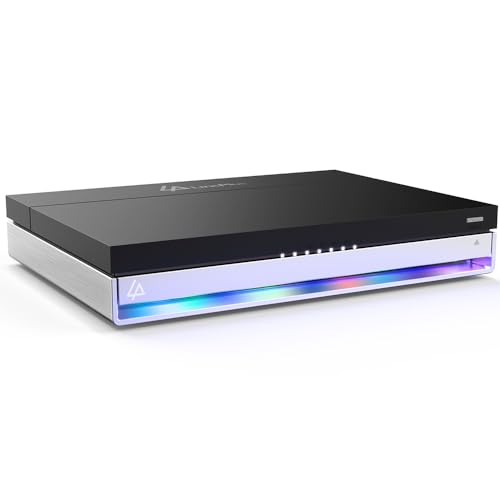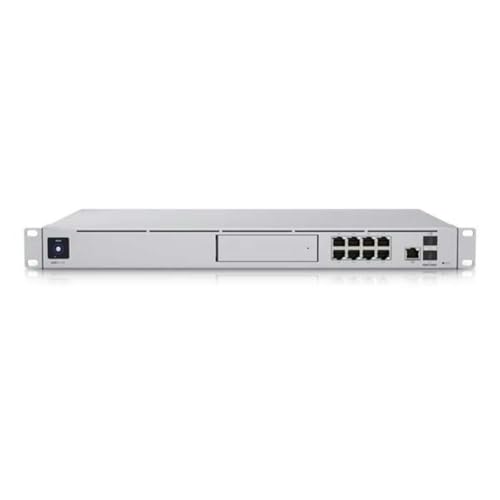Some of the links shared in this post are affiliate links. If you click on the link and make a purchase, we will receive an affiliate commission at no additional cost to you.
The small single-board computer Raspberry Pi uses a micro SD card as a boot drive. In this article, you can find out what to look out for when choosing an SD card for the Raspberry Pi and what alternatives are available.
What should I look out for in the SD card for the Raspberry PI?
The most important factors to pay attention to are speed and durability. The speed is specified in three different classes defined by the SD Association.
Micro SD card – Classification
The three speed classes refer to the absolute minimum speed for continuous writing of both SD and microSD cards. There are three types of speed classes:
- Speed class
- UHS speed class
- Video speed class
The UHS speed class is important when selecting the MicroSD card for the Raspberry Pi, as the normal speed class is only defined up to level 10 (10Mb/s). UHS classes:
- UHS-I: theoretical maximum transfer speeds of up to 104 MB/s
- UHS-II: theoretical maximum transfer speeds of up to 312 MB/s
We should go for at least the UHS-I class. Unfortunately, there is no classification for durability, it depends on the manufacturer and model series.
Recommendation: SD card for the Raspberry PI
The very affordable Silicon Power Micro SD card is popular with Raspberry Pi users and is known for its durability.
Another popular MicroSD card for the Raspberry Pi is the SanDisk Extreme Pro, which impresses with its high read and write speed.
Unfortunately, all SD cards wear out very quickly due to many write operations and therefore have a limited shelf life in the Raspberry Pi. So if you run services that write a lot (databases, logging, etc.) you should use an alternative medium.
Alternative boot medium for the Raspberry Pi
It is now quite easy to boot the Raspberry Pi from a USB medium. USB SSDs or USB HDDs are used for this. Compared to the MiroSD card, these can handle significantly more write operations. In addition, you can increase the reliability with a corresponding RAID housing.
Alternative boot media for the Raspberry Pi:
- USB SSD
- USB-HDD
- USB RAID enclosure
- Network boot (PXE)
Booting Raspberry Pi via USB
Regardless of whether you want to boot the Raspberry Pi via a USB stick (not recommended), a USB SSD, HDD or a corresponding RAID housing, USB boot support must first be activated:
The corresponding SSD or HDD is then required:
SSDs also wear out through write operations, but significantly slower than SD cards. If a program is running on the Raspberry Pi that writes a lot, you can also use a USB-HDD:
Raspberry Pi OS must then be installed on the USB drive:
RAID enclosure for the Raspberry Pi for greater reliability
Of course, SSDs and HDDs can also break after a while or if the device has been assembled. If you want to increase the availability of the Raspberry Pi, you can use a RAID (Redundant Array of Independent Disks) housing. In such an enclosure, the data is distributed across two or more hard disks / SSDs; if one hard disk / SSD fails, the other takes over. This technology is standard in server technology.
Standard 2.5 inch SSDs and HDDs can be installed in the following housing:
In the case of the enclosure mentioned above, RAID 1 is used as fail-safe. The raid level is set using a switch on the enclosure. Once this is done, the Raspberry Pi OS can be installed as normal.


